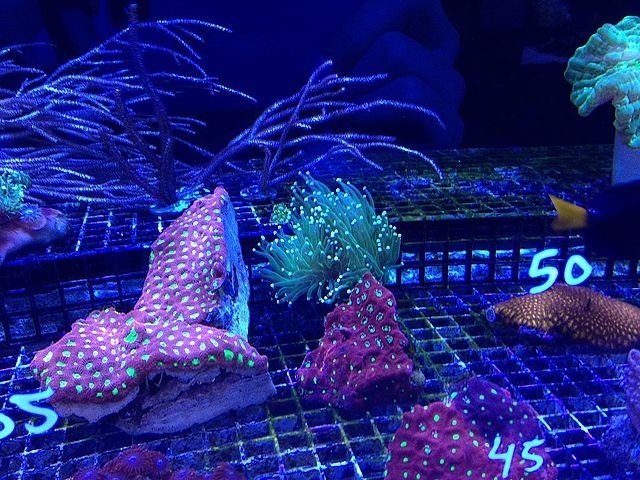Melbourne, USA.- New research from Florida Institute of Technology finds that fish born in marine reserves where fishing is prohibited grow to be larger, healthier and more successful at reproduction.
The findings, recently published in the online journal Plos One, highlight the positive impact of a tool of fisheries management that has long been a source of frustration and concern for fishermen, who believe such restrictions impinge on their livelihood.
In their examination of marine reserves, also known as marine protected areas or MPAs, around coral reefs in the Philippines, Robert Fidler, a Fulbright scholar who recently received his Ph.D. from Florida Institute of Technology, and his major professor, Fulbright faculty scholar Ralph Turingan, found evidence that MPAs in fact helped to produce and maintain the more desirable large-bodied and older fish within populations that have been fished by local fishermen for centuries.
“The first reaction to marine reserves by local users is traditionally, ‘You close all of these fishing areas and we can’t fish anymore in there,’” Turingan said. “That is the wrong way to think. These MPAs are actually important is sustaining fishing activities.”
And, Turingan added, “Our evidence shows this is a long-term thing.”
Fidler, Turingan and their collaborators found that key life-history traits in three coral-reef fishes – maximum length, growth rate, and body size and age at sexual maturity – are significantly improved in the brown surgeonfish, lined bristletooth and manybar goatfish living within MPAs compared with the same species outside of MPAs.
Because fishing removes the largest fish, heavy fishing on coral reefs drives the fish to mature at younger ages and smaller sizes.
Stay Always Informed
Join our communities to instantly receive the most important news, reports, and analysis from the aquaculture industry.
Small fish have fewer, smaller eggs that, if they survive to hatching, produce weaker fish. By contrast, larger fish produce higher quality eggs, and more of them, which in turn produce healthier fish that grow larger and reproduce more, and the cycle continues.
The researchers found that the more robust fish naturally migrate from the MPAs to the fished areas, where they can be harvested by fishermen.
“It’s like raising them in aquaculture and putting them back, but this is more natural way of replenishing depleted stocks,” Turingan said.
Though their findings were based on studies of coral reef fish in the Philippines, Fidler and Turingan predicted the results could be replicated wherever marine reserves are established on coral reefs.
Reference (open):
Fidler RY, Carroll J, Rynerson KW, Matthews DF, Turingan RG (2018) Coral reef fishes exhibit beneficial phenotypes inside marine protected areas. PLoS ONE 13(2): e0193426. https://doi.org/10.1371/journal.pone.0193426
http://journals.plos.org/plosone/article?id=10.1371/journal.pone.0193426
Source: Florida Institute of Technology
Editor at the digital magazine AquaHoy. He holds a degree in Aquaculture Biology from the National University of Santa (UNS) and a Master’s degree in Science and Innovation Management from the Polytechnic University of Valencia, with postgraduate diplomas in Business Innovation and Innovation Management. He possesses extensive experience in the aquaculture and fisheries sector, having led the Fisheries Innovation Unit of the National Program for Innovation in Fisheries and Aquaculture (PNIPA). He has served as a senior consultant in technology watch, an innovation project formulator and advisor, and a lecturer at UNS. He is a member of the Peruvian College of Biologists and was recognized by the World Aquaculture Society (WAS) in 2016 for his contribution to aquaculture.




